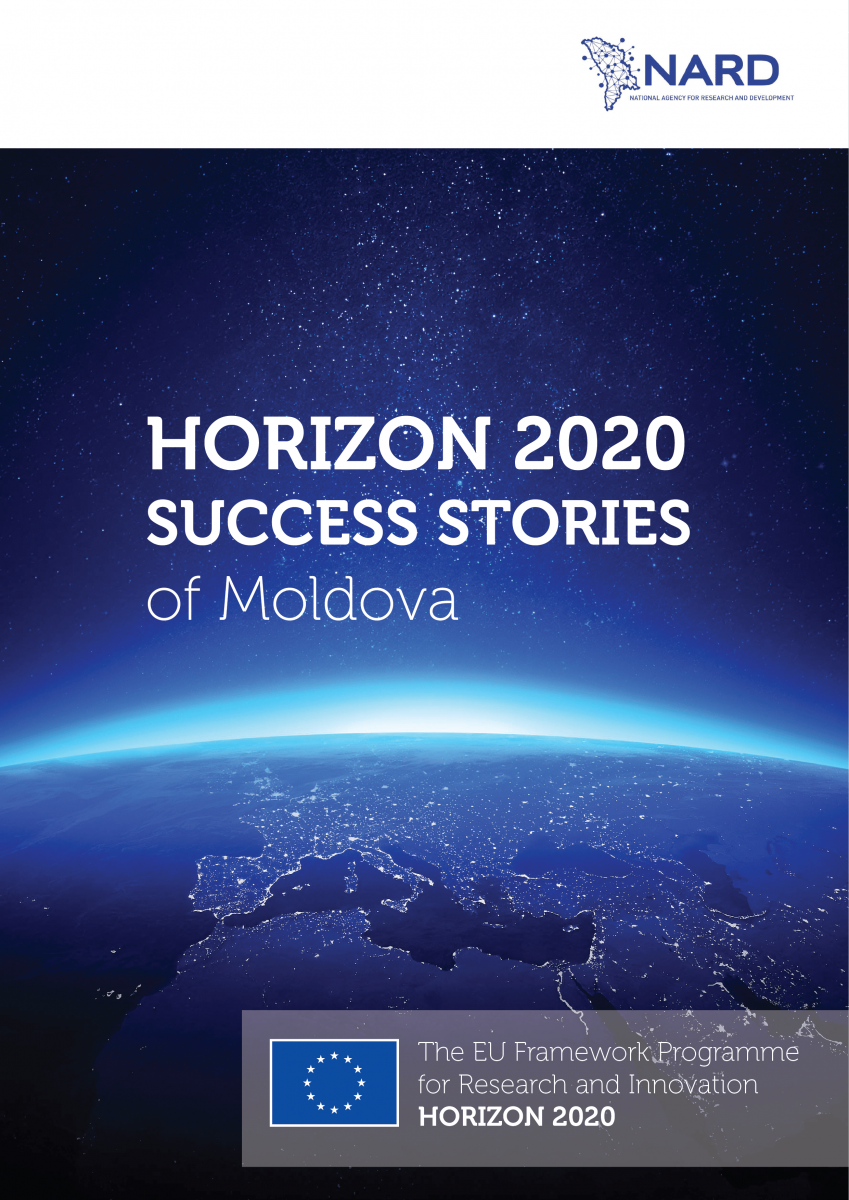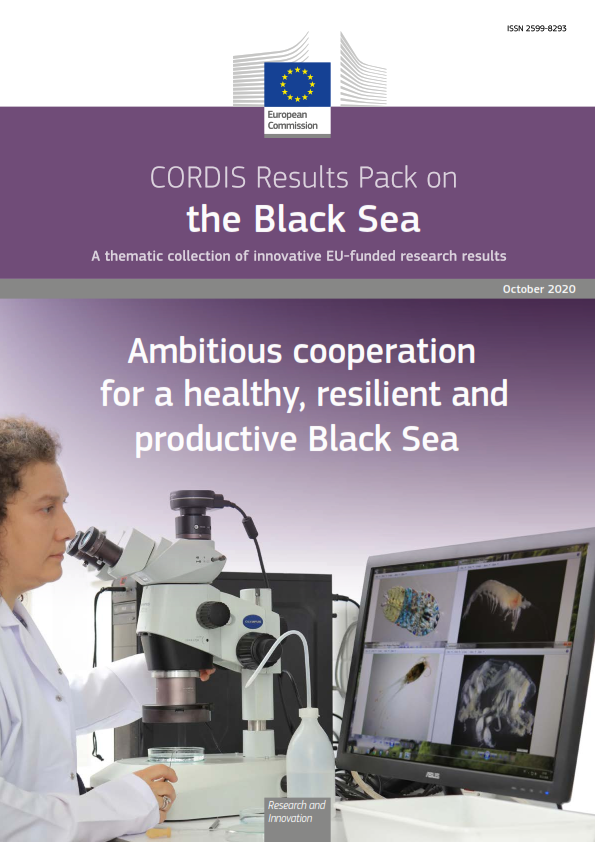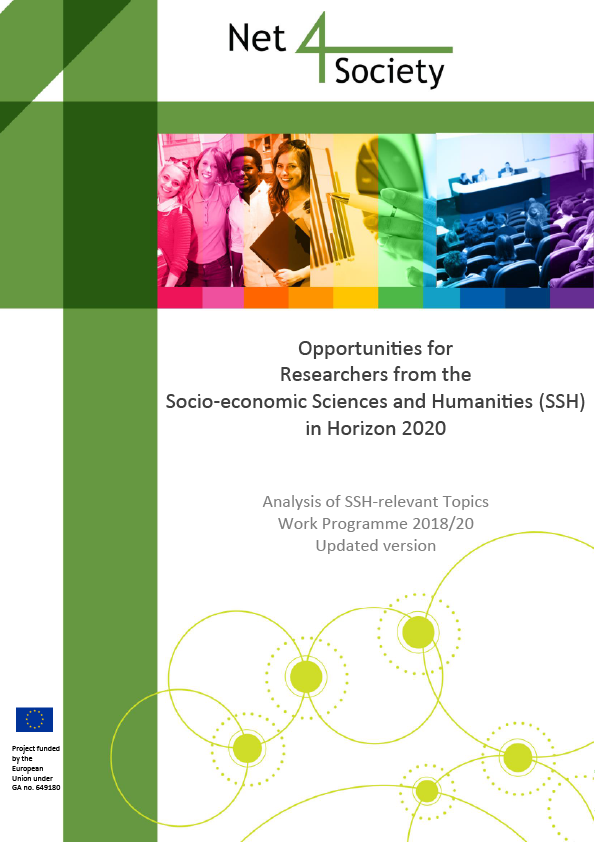INTERACT is a network of terrestrial research infrastructures spread through-out Arctic and northern alpine regions that is building research and monitoring capacity dedicated to rapidly changing cold environments. It plays a major role in documenting environmental changes and facilitating their prediction.
What has the project achieved?

Installation of an energy exchange monitoring station at an
INTERACT site © T. R. Christensen
INTERACT, International Network for Terrestrial Research and Monitoring in the Arctic, has brought most of the Arctic's research stations together. It enables them to share information, improve environmental observations, make data more accessible and collaborate on the development of new environmental monitoring technology. INTERACT also offers increased opportunities for access to research stations, ensuring that a large number of scientists visiting the Arctic can benefit from these infrastructures.
The project started in 2001 as a network of nine European research stations. By June 2012, the network involved 45 infrastructures and covered all Arctic countries, alpine regions in Central Europe and southern Siberia. (View the INTERACT Station Catalogue). Within the first year of the current phase, it led to news reports of record low ice levels in Greenland glaciers and energy and greenhouse gas measuring equipment was installed at four Arctic sites.
INTERACT is truly multidisciplinary in nature and works with almost all of the major Arctic organisations. Moreover, it contributes to a range of related processes — such as the Arctic Council's Sustained Arctic Observing Network, the University of the Arctic and the Circumpolar Biodiversity Monitoring Program (CBMP), at regional level, and key global initiatives, notably those of the WWF and the GEO Ecosystems. A user-friendly website together with a catalogue of environmental characteristics and monitoring activities provide information for users of the infrastructures and their data.
How?
|
INTERACT fosters close cooperation between the participating research stations and engages with the wider research community as well as the various stakeholders. The project also develops synergies with regional and global organisations. |
|
|
Another core activity, the transnational access programme, invites scientists to submit project proposals. Successful applicants benefit from funded opportunities to conduct research at one of INTERACT's facilities. In total, 20 facilities are included in this programme. They offer 9 900 days of access over a four-year period. |
|
Why does this matter?
The Arctic's climate is changing faster than climate elsewhere. Globalisation, exploitation of resources and dramatically increased access also present the residents of the Arctic with challenges and opportunities. These changes have implications for the global population. Retreating glaciers and shrinking ice caps increase the global sea level rise that threatens many coastal areas, and greenhouse gases released from thawing permafrost could potentially amplify global warming.
Efforts to maximise the opportunities, respond to the challenges and predict future changes rely on a well-developed observational record of environmental change and a thorough understanding of the process. INTERACT research and monitoring results help to inform the development of local adaptation strategies to combat change and contribute to major initiatives such as the Intergovernmental Panel on Climate Change.
Who is involved?
At the outset, 32 partners from 14 countries formed the consortium together with the Arctic Council's Arctic Monitoring and Assessment Programme and WWF Arctic. Since then, 12 new research stations have joined as observer stations, bringing 4 new countries into the consortium. INTERACT includes infrastructures throughout Alaska, Canada, Europe and northern Russia.
What is the European Added Value
INTERACT as an EU-led consortium is providing a global gateway to the whole Arctic and constitutes a strategic sampling framework for the northern cold regions. Coordination among a majority of the Arctic's terrestrial research infrastructures is essential at a time of rapid environmental change. EU funding has ensured that this coordination can be achieved, and now, for the first time, all the countries of the Arctic as well as several European alpine countries are working together to build capacity for monitoring and research. The outcomes of their work will support the development of global mitigation and regional adaptation strategies.
How much money has the EU invested in this?
INTERACT has been awarded EUR 7.3 million under the Seventh Framework Programme. This EU contribution funds the coordination of the research stations, whereas the research stations themselves represent huge investments by the participating countries.
For more information
Visit www.eu-interact.org or contact the Secretariat (Hanna Frykman, hanna.frykman@nateko.lu.se) or the Coordinator (Professor Terry V. Callaghan, terry_callaghan@btinternet.com)









